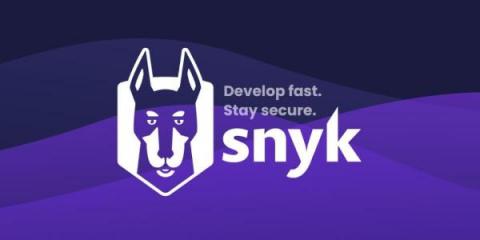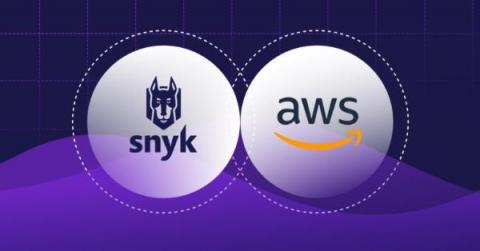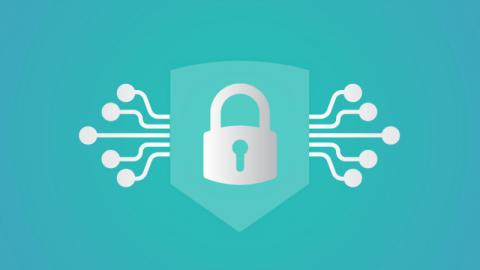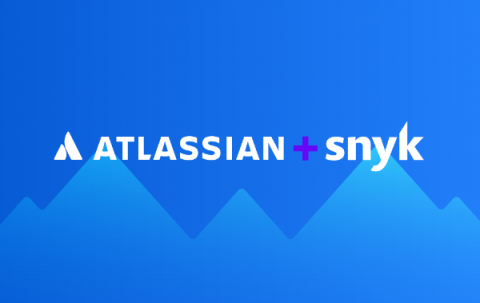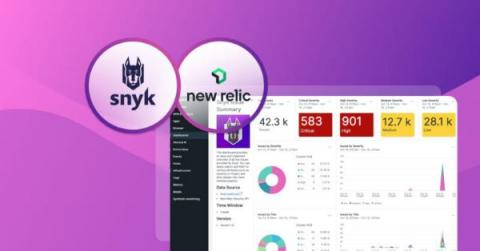Scaling your security team without hiring
The cybersecurity industry’s current struggle — to close a significant gap between the numbers of job openings and qualified candidates — began years before the coronavirus pandemic sparked the Great Resignation. Today, (ISC)² reports a global cybersecurity workforce gap of 2.7 million people. The pandemic did compel enterprises to accelerate their migration of applications to the cloud, increasing the challenge for already-overwhelmed security teams.



